

Today we’d like to introduce you to Maxine Yalovitz-Blankenship.
Maxine, we’d love to hear your story and how you got to where you are today both personally and as an artist.
I was born and grew up in the small Southern town of Rome, Georgia. Beating rhythms and shadow puppets on window shades at night from Holy Rollers who lived across the street was the ART I knew and the link to the art I do today. William Faulkner said the only thing worth writing about is the heart in conflict with itself. My father’s pawnshop, my mother’s garden, the black women who raised me and the prejudices of a closed society is the stuff of which my art is made.
I try to demonstrate in the paint the processes from which creativity springs: that high art can come from anywhere, have lowly beginnings. I want the privilege of sharing the pain and joy with those who already know and profess to those who do not yet know that the core of creative work comes from one’s earliest experiences. I have had a long career that has taken many turns. Even in our technological age, I still feel painting and that which transcends the visible holds a basic place in our human existence.
We’d love to hear more about your art. What do you do you do and why and what do you hope others will take away from your work?
In the beginning was the mark. Creativity is a force that reshapes the world through a personal vision. The creative person does not conform…breaks the ‘rules’ combining ‘nature’ with inner strengths to produce that which transcends the two. As a painter, I shall try to define what creativity means based on my experiences in the studio.
Creativity, for me, is about oppositions–the clashing and coming together of contrasts: subjective/objective, good/evil, vulnerability/strength. It is about concealment and disclosure. It takes place when I destroy/build, deal with disparate parts: knowledge, emotion, intuition, and skill to make an entity.
Empathy is a necessary tool. The artist must be empathic and open, able to identify with and be attuned to outside influences as well as inner ones. The creative act calls on ideas and memory, honing one’s skills and then forgetting them, about holding on and letting go. My work is derived from both pain and joy. The joy comes with resolution. Motivation comes out of necessity the need to exorcize the demons of the past, reconstruct and realize them in a constructive form. The creative process sets the demons free. Creativity exposes. All that I was before comes through whether I want it to or not. Creativity is a savior. Creativity is a compulsion… to take risks, redefine thoughts and ideas–a drive to understand, a struggle to ‘make things right’ in a troubled world. It is a stalk against time, a life-affirming act saying, ‘I am here. I have made my mark.’ Sometimes, I paint with my hands as an emphatic signature. It is a drive to prove myself. Creativity is theater. The canvas is a stage. The artist plays many roles: craftsperson, priest/priestess, conjurer, and shaman. When I work, I feel like a magician, a sorceress processing my own form of trickery, a heroine as I ‘perform’ to belong to the world. When working I am a narcissist. Creating a painting gives me the opportunity to ‘show off’… fuel for the ego.
The canvas is a battlefield. Creativity is a war against hidden forces that might deny the artist the momentum and freedom to propel the work to become a ‘work of art.’ As I work, I may scrape off the paint that has produced the first image, then paint again and scrape… destroying to build. When the work takes over, I know there is no longer a conflict, but instead, a give and take. We are both victorious.
Time is a factor in my creative act. Working is ‘digging’ out of the past into the present. As I scrape away images I am ‘digging.’ As I build up layers of paint on the canvas, I unfold layers of the subconscious. With the act of creating there is an element of surprise. Did I do this? Why? Self –analysis. Therapy. The artist creates out of ‘nothing.’ The finished work must go back to ‘nothing.’ It must transcend its medium. It is created in a metaphysical, spiritual way and successful if that life force is conveyed to the viewer. Mystery and metaphor are goals in my creative process. They cannot be ‘willed.’ The work is successful if I have given it life. Great art to which I aspire loses its physicality.
By homely gift and hindered Words
The human heart is told
Of Nothing–
“Nothing” is the force
That renovates the world
–Emily Dickinson
Creativity is a search for self-knowledge. My work tells me who and where I am. It is a solitary experience, but there is a dialogue with the work until it is ‘finished.’ Then I am no longer a part of the work in a physical sense. Creativity means change. I do not feel creative ‘saying’ the same thing over and over–even in different ways becoming ‘mannered.’ Creativity lies in ‘chance’, risk-taking and experimenting. I do not need a ‘trademark’ as the work is always me even when goals and are redefined. As my experiences and needs change and new influences touch me, the process is altered. There is something magical about the creative process… a work of art that brings reality to a higher level. When seeing actual sites that artists have depicted the art feels more real and alive than the actual site or structure. When I am excited about my next project… in the studio with tools ready and geared up for the ‘struggle.’ When the work ‘takes over’ and I no longer know who is master and who is a servant. When not bound by deadlines or outside pressures. When there is nothing to lose.
“Teach us to care and not to care” –T.S. Eliot
The following was written one winter day:
The studio has the feeling of Cezanne and Giacometti grays… not a cold gray but a neutral, protective gray. It frees me to proceed in my own color direction. The last ‘snowy day’ the window became a large screen of soft white. It seemed neither day nor night–almost ‘seasonless’ even as the snow fell. It was as if a moment in time was forever.
One time, I felt I should have no preconceived ideas about what to do, that the work would take shape on its own volition. Indeed, it did when I set up objects and worked abstractly with formal structure from the objects. After a time, the process became mechanical and I needed to become free again. The problem was not discipline but in working the same way the excitement of the creative process was lost. As a participant on creativity in Howard Gardner’s Project Zero at Harvard, I told the leader of the program that I wanted to ‘get off the track.’ He responded: “Most people want to get ‘on the track.’”
When 9/11 happened, it stopped me cold. I could not work. I organized a benefit exhibition of former Radcliffe Fellows to raise funds for the 9/11 Scholarship Fund. When I did return to working it was by tearing paper and sewing it together with embroidery thread, then painting it with acrylic and sand… a mending process. Some were put into grid formation–a holding together. Sand symbolized the earth. Questioning comes periodically. With the birth of my children, the work changed. At each period of their development, I was influenced by our relationships. Strong feelings of separation when they left home produced series with boats and doors; but my values did not change.
The world is moving more rapidly than I can remember. Present technology has given artists new tools. ‘Fine Art’ and ‘Commercial Art’ (I was a Graphic Designer) are hardly distinguishable. Some artists are producing totally unstructured work. The media and popular culture are strong influences. The values I have always held in esteem are no longer taught in many art schools. Therefore, will the creative act, as I have known it to be that different for artists now?
After completing a series, I may feel ‘let down’ wondering, “What shall I ever do next?” There may then be an incubation period where I visit museums, galleries, attend the theater or write poetry. Statements about the work help bring it together or shape what is ‘saying.’
One time, my brain had not adjusted to new glasses. The world looked strange. I could not focus on my work so I went to the Boston Museum of Fine Arts and saw an exhibition of Wright Morris’ photographs along with some of his writings. I felt a kinship with his work…photographs of objects– artless things. The words and photographs moved me a great deal. They inspired a series of seventy-five paintings arranged in a grid formation to make a work sixteen feet long (Hopscotch.) There is a small Rouault painting at the Metropolitan Museum in New York. The painting is a moon. That moon became so much a part of me that sixty-eight ‘moon’ paintings resulted. Even now, I have not yet ‘exhausted the moon.’
Sometimes the catalyst for new work comes from the environment. The street offers inspiration. Carvings and breaks in cement offer shapes; discarded papers take on anthropomorphic characteristics; rubbish has its own sense of reality, earthy beauty. Track marks from footsteps; chalk marks on sidewalks; used tools reveal forms and lines that are ‘of them’ and not related to subject matter. These and many more suggest lines that wiggle, move, pierce, envelop, incise and shapes that collide, float, enfold–all inspirational.
I run through the gamut of contradictions ask if the work expands/contracts. Is it both coarse and sensitive, controlled, yet free? Does it span the human comedy/tragedy polarity? Can it touch the lofty and still be real? Is it complex, yet simple and finally whole? Can one still attempt to form paintings molded from one woman’s life to reach others and have a place in this fast-moving, fast-changing society? Sometimes I think of the absurdity of it all, yet the mysterious driving force stays strong.
“Something is a work of art when it has filled its role as therapy for the artist. I don’t care about the audience.
I’m not working for the audience. The audience is welcome to take what they can.”
– Louise Bourgeois, The New York Times, October 12, 1997.
Flannery O’Connor said anyone who survives a Southern childhood would have enough material to write for the rest of her life.
What do you think it takes to be successful as an artist?
Art and life have never been without struggle. I do not wish for all obstacles to be removed, for the conflict has been the catalyst. One grateful reward has been a Guggenheim Fellowship.
Do you have any events or exhibitions coming up? Where would one go to see more of your work? How can people support you and your artwork?
My work can be seen on my web page, a studio visit and a permanent installation at Delta Terminal, Logan Airport.
Contact Info:
- Studio address: 119 Braintree Street Allston, MA 02134
- Website: https://www.maxineyalovitzblankenship.com
- Phone: 617-965-4275
- Email: maxineyb@verizon.net
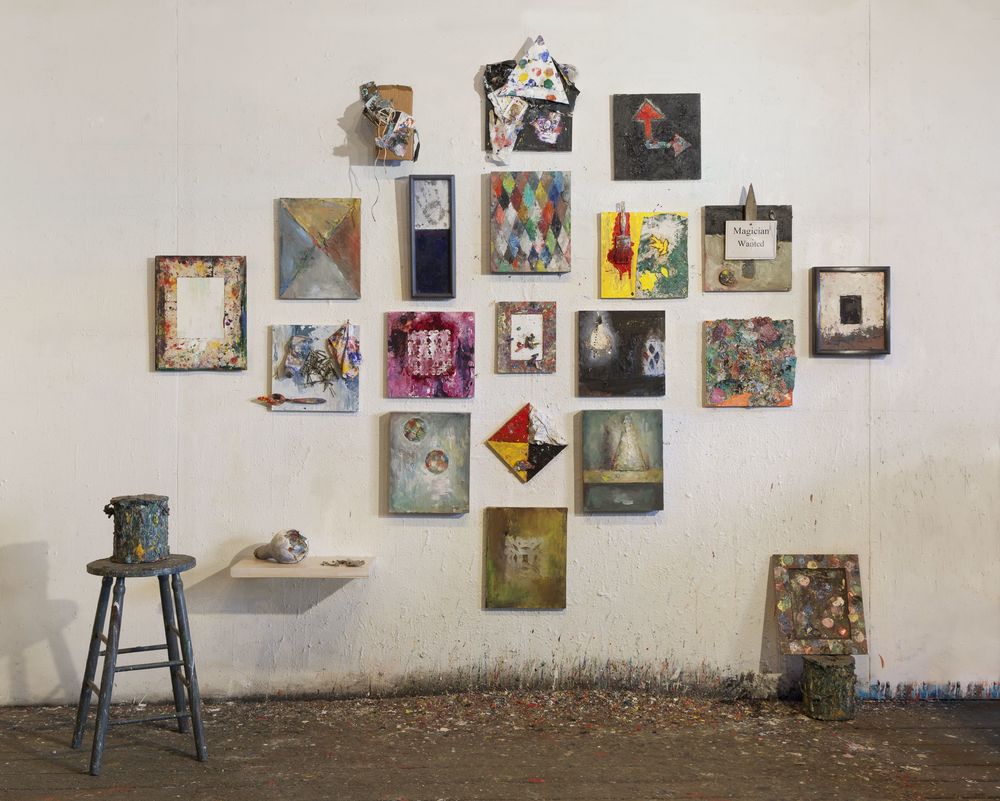

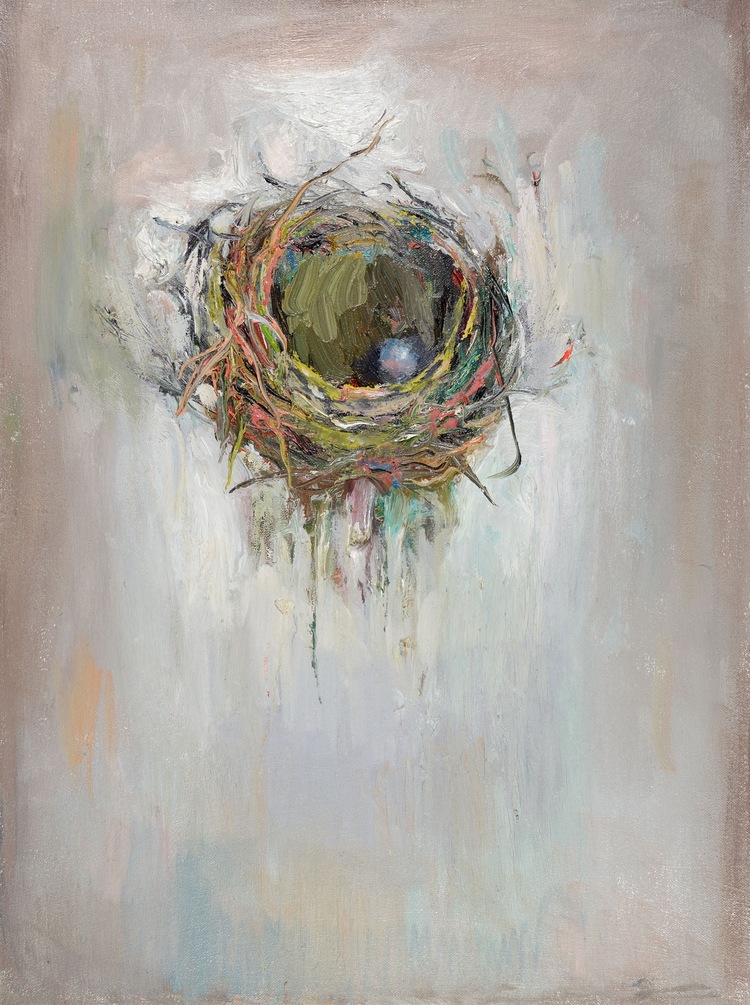
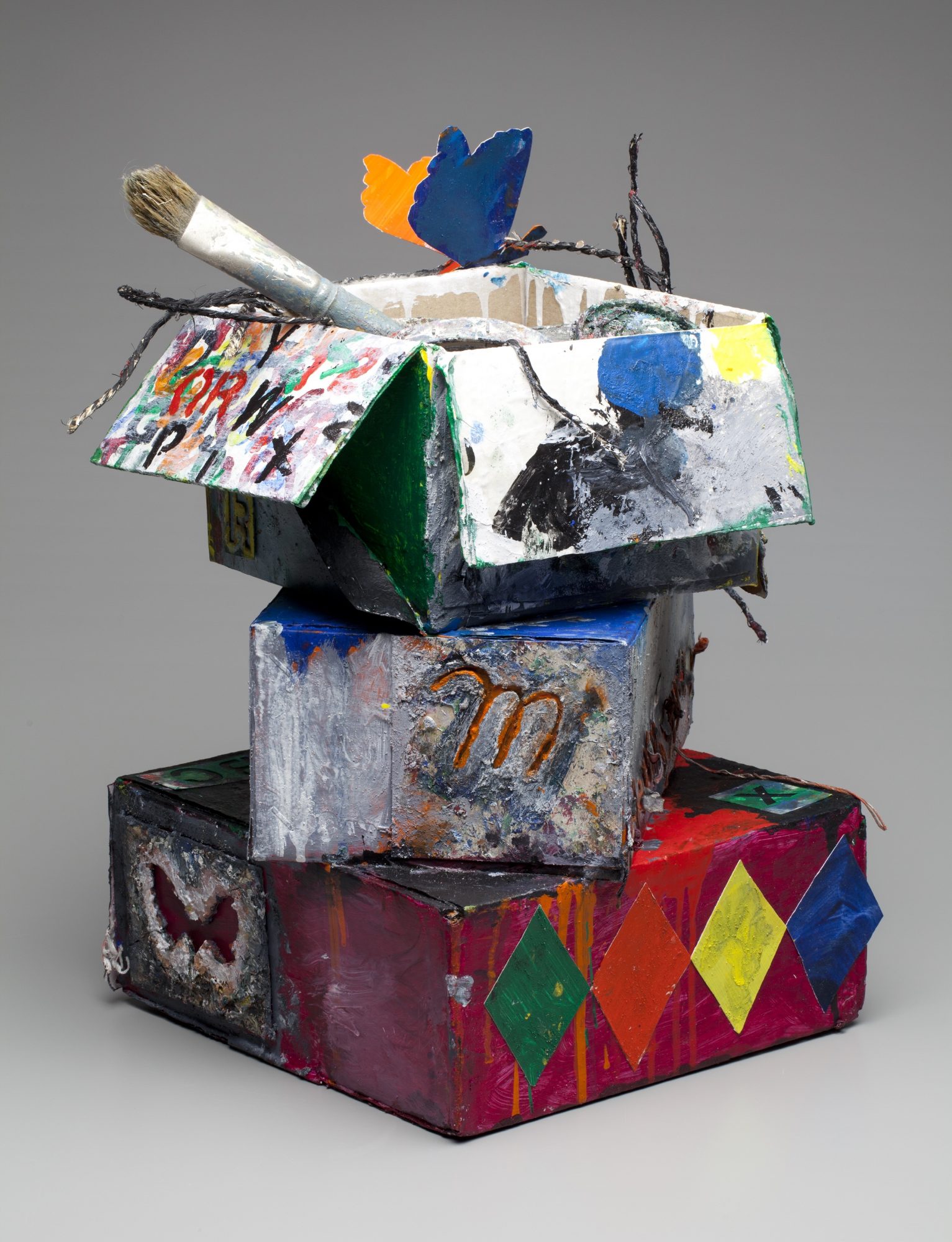


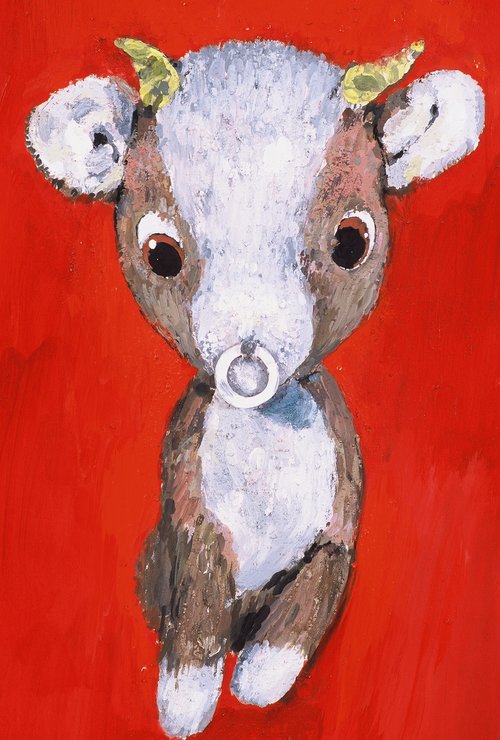
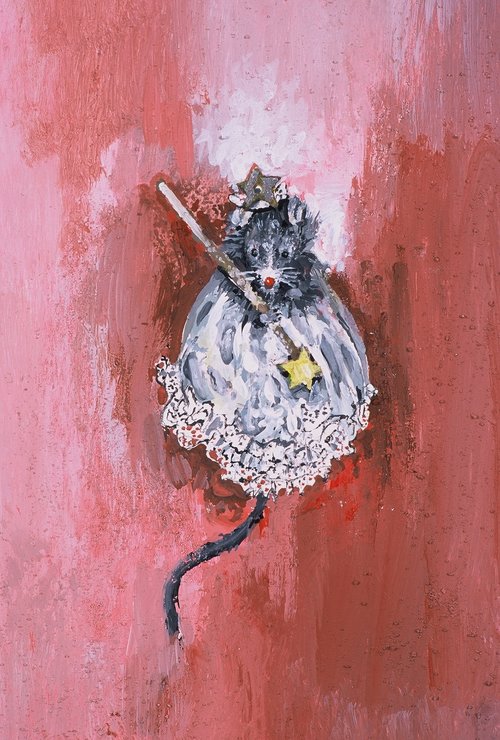
Image Credit:
Will Howcroft Photography
Getting in touch: BostonVoyager is built on recommendations from the community; it’s how we uncover hidden gems, so if you know someone who deserves recognition please let us know here.
















